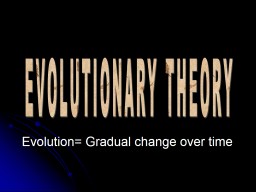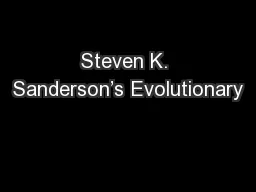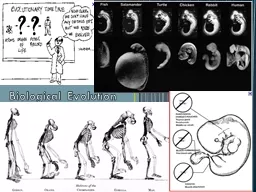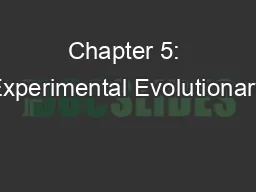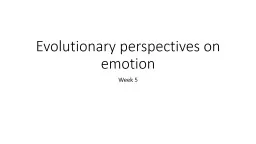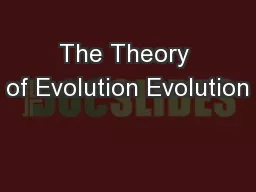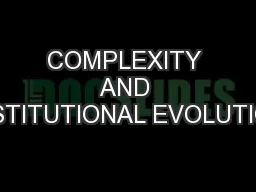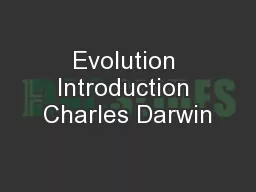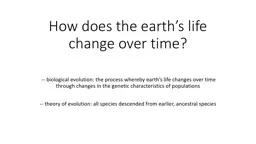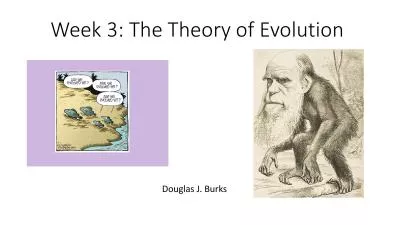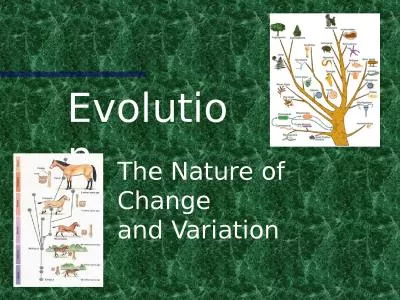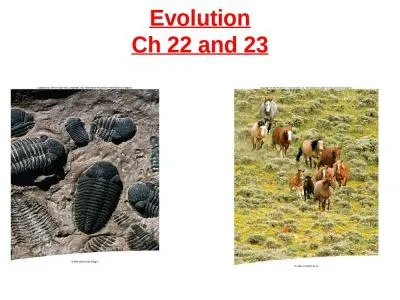PPT-EVOLUTIONARY THEORY Evolution= Gradual change over time
Author : elise | Published Date : 2024-01-29
Adaptation Adaptations are inherited traits that increase a groups chance of survival amp reproduction This type of finch has a thick beak adaptation for cracking
Presentation Embed Code
Download Presentation
Download Presentation The PPT/PDF document "EVOLUTIONARY THEORY Evolution= Gradual c..." is the property of its rightful owner. Permission is granted to download and print the materials on this website for personal, non-commercial use only, and to display it on your personal computer provided you do not modify the materials and that you retain all copyright notices contained in the materials. By downloading content from our website, you accept the terms of this agreement.
EVOLUTIONARY THEORY Evolution= Gradual change over time: Transcript
Download Rules Of Document
"EVOLUTIONARY THEORY Evolution= Gradual change over time"The content belongs to its owner. You may download and print it for personal use, without modification, and keep all copyright notices. By downloading, you agree to these terms.
Related Documents

